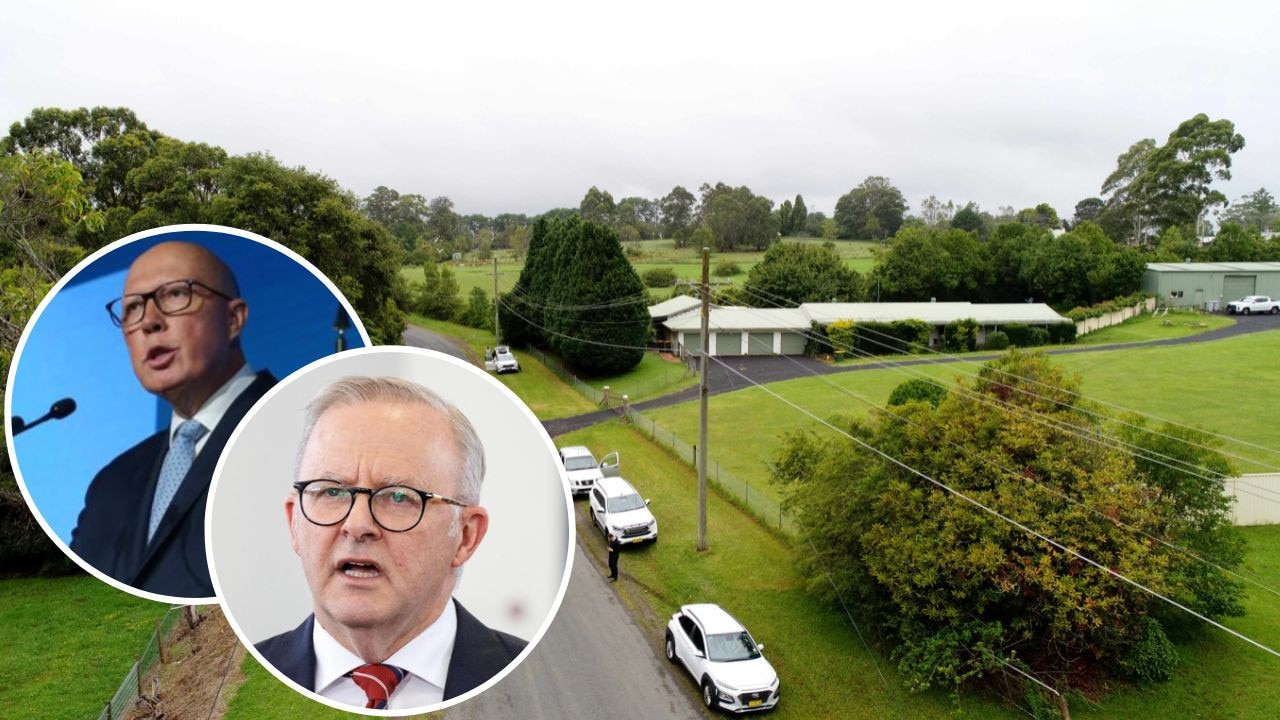ACT remains in state of emergency as bushfires close in
Residents in Canberra’s outer south who feel unsafe have been encouraged to evacuate as fire chiefs expect large blazes burning in the southern ACT to merge.
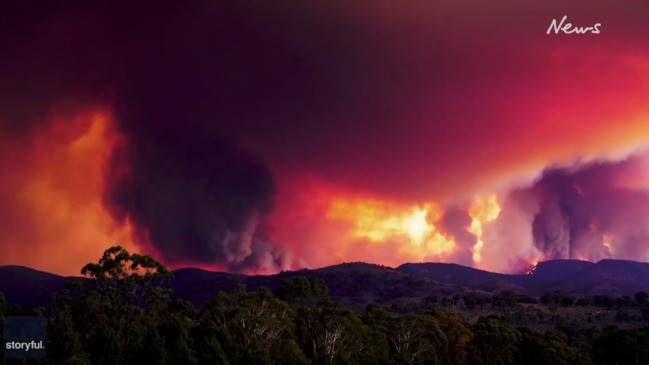
NSW
Don't miss out on the headlines from NSW. Followed categories will be added to My News.
Residents in Canberra’s outer south who feel unsafe have been encouraged to evacuate as fire chiefs expect large blazes burning in the southern ACT to merge.
A state of emergency has been declared for the Australian Capital Territory, as Canberra braces for the most dangerous conditions since the deadly 2003 bushfires.
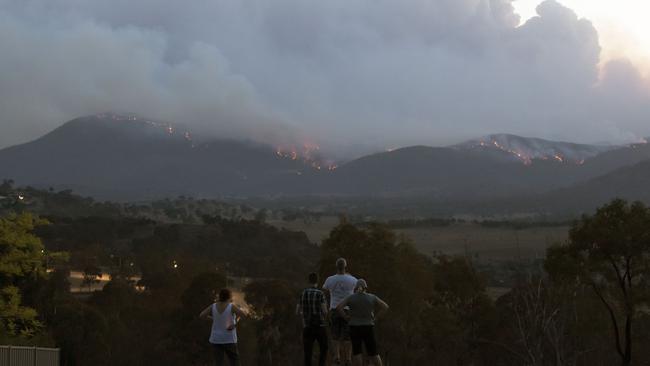
The out-of-control Orroral Valley bushfire in the Namadgi National Park was downgraded to watch and act level on Friday night but is expected to spread rapidly today.
ACT Emergency Services Commissioner Georgeina Whelan said the fire was expected to progress 1.5-2km per hour in a south east direction, with spotting expected up to 10km away.
Firefighters are working to contain a number of spot fires burning north-west of Bredbo. These have started from the Orroral Valley fire in the ACT. Today will be challenging. Under these conditions, fires will spread and spot well ahead of the main firefront. #nswrfs #nswfires pic.twitter.com/aQi1MDcOeV
— NSW RFS (@NSWRFS) January 31, 2020
“This will likely move the perimeter well into the New South Wales jurisdiction. There is potential there for the fire to reach the Good Good fire to the East.”
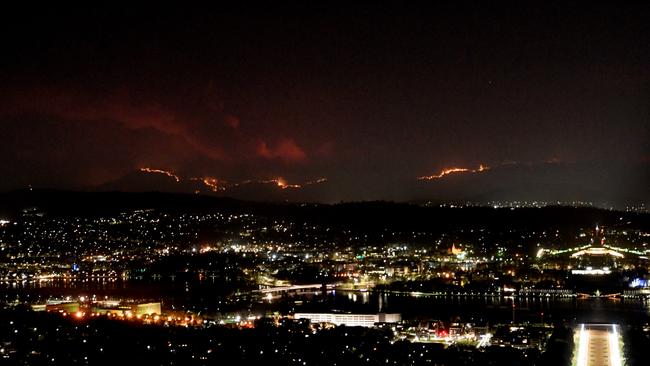
Temperatures are expected to exceed 41C in parts of the ACT on Saturday, triggering a severe fire danger rating.
Firefighters and aircraft are working hard to slow the spread of the Clear Range fire which is burning near Bredo and Michelago. Conditions are deteriorating. #nswrfs #nswfires pic.twitter.com/nnPtMENmhD
— NSW RFS (@NSWRFS) February 1, 2020
Commissioner Whelan said residents in the southern Tuggeranong area who choose to stay must have a bushfire survival plan even though no properties were under immediate threat.
Fire officials are also monitoring blazes burning near Adaminaby over fears they could spread into the ACT.
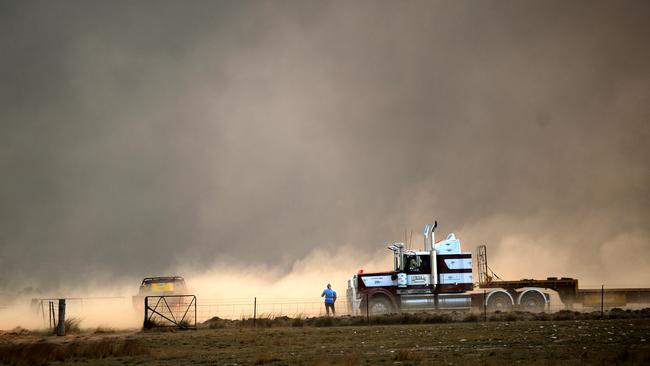
Meanwhile in NSW, extreme heat, strong winds, dust and thunderstorms pose a threat to health and could lead to bushfires flaring.
The Bureau of Meteorology says temperatures soaring past 40C in parts of the state coupled with strong winds will result in a very high fire danger, particularly on existing fire grounds along the state’s south coast.
“With the heat comes the fires,” Bureau of Meteorology acting NSW manager Jane Golding said.
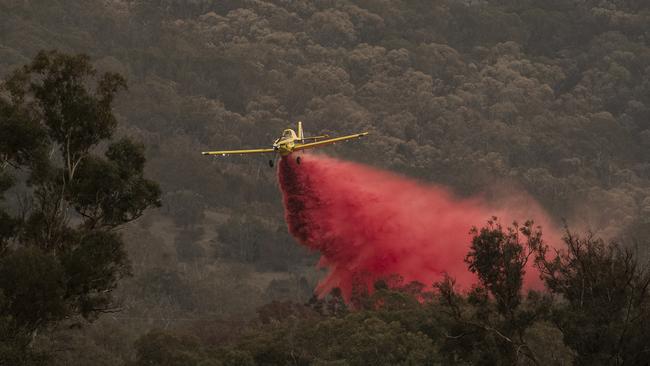
The Rural Fire Service has declared total fire bans for the southern slopes, the southern ranges, the far south coast, the Monaro alpine and the Illawarra/Shoalhaven regions.
Coastal towns from Moruya to Tanja could come under ember attack while those east of large fires burning in ACT’s south and near Mount Darragh may be impacted by the fire front.
“We are in for a very hot and very long day today,” the RFS said on Saturday.
“South east NSW remains the focus due to severe fire danger.”
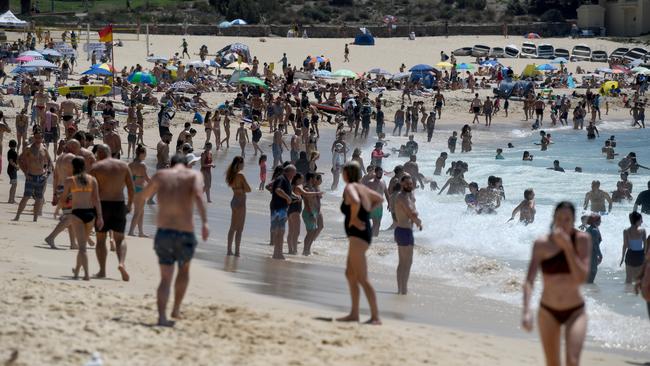
ACT Chief Minister Andrew Barr declared a state of emergency for the first time in 17 years after modelling from the Emergency Services Agency showed the suburb of Banks could come under ember attack today or tomorrow.
The terrifying maps show the Orroral Valley fire in the Namadgi National Park marching southwest towards the NSW border, but spreading in all directions.
Mr Barr said: “The combination of extreme heat, winds and a dry landscape will place suburbs in Canberra’s south at risk in coming days.
“This fire may become very unpredictable, it may become uncontrollable.”
We are in for a very hot and very long day today. Temps will reach the mid 40s in many areas and it's likely to stay very warm all weekend. South East NSW remains the focus due to severe fire danger. Stay cool and stay up to date today. #nswrfs #nswfires pic.twitter.com/7HWligWurX
— NSW RFS (@NSWRFS) January 31, 2020
Severe fire danger is forecast across the ACT and south-eastern NSW for Saturday. Under these conditions fires will spread and may threaten properties. Embers may be blown ahead of fires and could start spot fires. Map of the fire spread is here: https://t.co/1OJwQUSv2B pic.twitter.com/RwMHERumZX
— ACT ESA (@ACT_ESA) January 31, 2020
The state of emergency would remain in place indefinitely, Mr Barr said.
The last time a state of emergency was declared in the ACT was during the 2003 bushfires, which killed four people and destroyed hundreds of homes
Mr Barr praised the support local crews had received from interstate firefighters, many of whom had been fighting fires in NSW, Victoria and South Australia for months.
“We are seeing those favours paid back in spades with firefighters coming from around the country,” he said.
ACT Emergency Services Commissioner Georgeina Whelan urged families to prepare themselves.
“The state of emergency is the strongest signal we can send to the ACT community that they must prepare themselves and their families,” she said.
“I understand the anxiety this announcement will cause, especially for those who lived through the 2003 bushfires. This is the first time a state of emergency has been declared since that tragic event.”
The bushfire has already burnt 8 per cent of the ACT.
RFS deputy commissioner Rob Rogers said firefighters remained concerned about blazes on the south coast and the NSW-Victoria border. Fires scorching the ACT are also likely to jump into NSW.
“In this drought, these fires are just moving so quickly because the landscape is so dry and these winds are pushing them along at unbelievable speed,” he said.
RFS Inspector Ben Shepherd told The Daily Telegraph south coast residents would be hardest hit by the conditions.
“We are looking at temperatures in the high 30s early 40s across the region with humidity below 20 per cent. This alongside westerly, north-westerly winds, gusting between 30 and 60km/h will make severe fire conditions,” he said.
“Conditions will ease on Sunday, but there is still expected to be high fire danger until Tuesday.”
On Friday night, there were more than 50 fires burning in NSW, and 20 of them were yet to be contained.
Captain Ian McBeth, first officer Paul Clyde Hudson and flight engineer Rick DeMorgan Jr were killed when their C130 waterbombing tanker crashed northeast of Cooma on January 23.
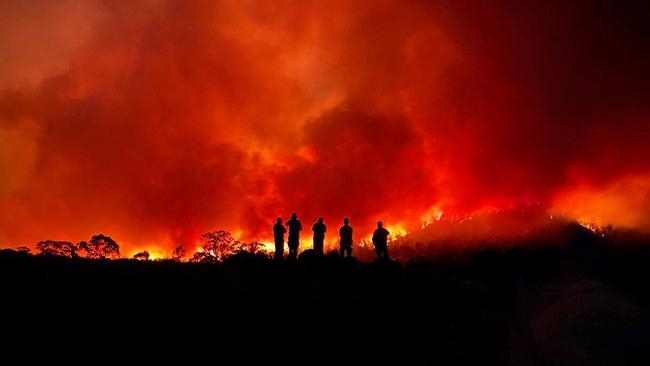
Grieving family and friends on Thursday attended a memorial service for the men at the Richmond RAAF base.
NSW Premier Gladys Berejiklian recently announced an inquiry into the state’s bushfire crisis while stressing this season’s danger was far from over. “While we are focused on the rebuilding process we are mindful of the remaining fire threats,” she said.
Thousands of homes have been damaged or destroyed by bushfires in NSW this summer and 25 people have died.
Originally published as ACT remains in state of emergency as bushfires close in


